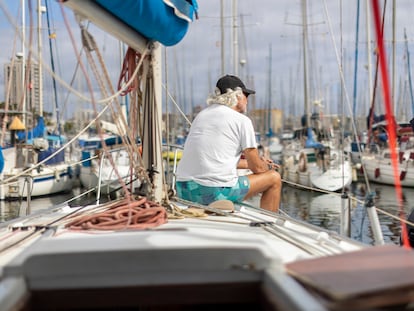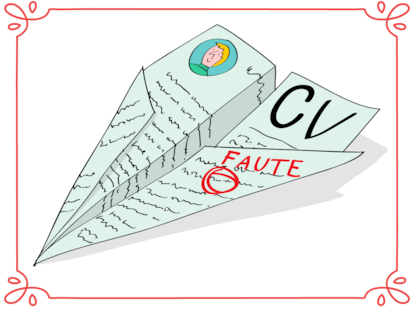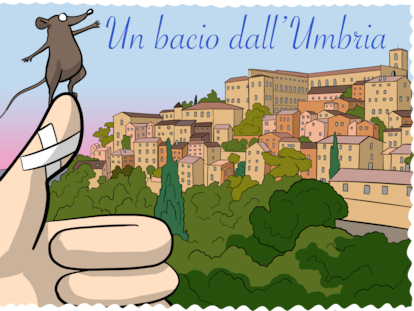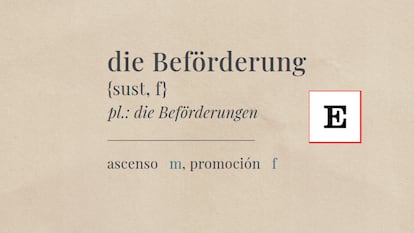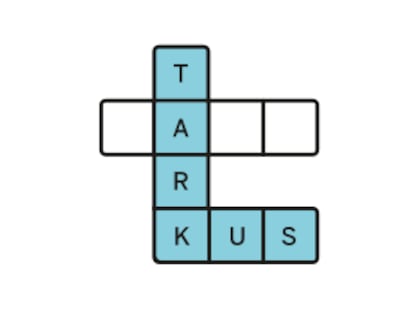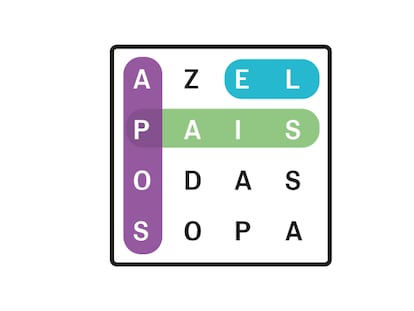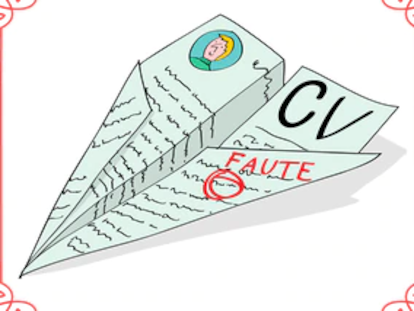Wealthy foreigners set their sights on northern Spain
In recent years, the number of luxury homes acquired along this cooler, greener region of the peninsula has soared, and realtors have noticed an uptick in buyers from the United States

When talking about wealthy foreigners with homes on the Spanish coast, we immediately think of the Balearic Islands, Málaga, and certain corners of Catalonia and Valencia. But something is changing in the luxury real estate sector, and large fortunes are beginning to snap up property in areas that were barely on the radar just a few years ago, such as the northern strip of the Iberian Peninsula, from the westernmost region of Galicia to the Pyrenees, a shift confirmed by Paloma Pérez, executive director in Spain of Sotheby’s International Realty: “Yes, we have noticed an increase in this type of buyer in the northern regions.”
Constanza Maya, operations director at Engel & Völkers Iberia, says they began to notice a higher number of transactions in these cooler, greener, rainier areas of Spain last summer. “The buyers’ nationality depends on the particular area. For example, in the Pyrenees, we see Latin American clients with a residence in Madrid who buy another property in Baqueira Beret, or the surrounding area, for the skiing. In Cantabria, it has traditionally been the French who buy properties, but now new nationalities are coming in, such as Americans.”
Rafael Rosendo, director of prime real estate firm Lucas Fox in Galicia, also mentions the Americans, “especially since last summer, when interest in properties over €1 million increased,” he says, adding that the majority of his buyers are people “who have family ties with Galicia. In July 2024, we sold the most expensive triplex in [the city of] Vigo to a Galician who had emigrated to the United States. And last week a penthouse in the same city was sold to a Canadian buyer whose father hailed from here.”
Rosendo also mentions the case of a German couple with a house in Altea, on the Spanish Mediterranean coast, who decided to pay €1.8 million for a property in Galicia “to escape the summer heat.” This is an example of the shift from the Mediterranean to “cool Spain” for second residences, a trend flagged up in a recent report by CaixaBank Research. This research also says that Galicia recorded the largest increase in home sales of all of Spain’s regions in 2024 (22.3%), followed by La Rioja (20%), Castilla-La Mancha (19.4%), Asturias (18.6%), Cantabria (16.4%), Navarre (15%) and the Basque Country (13.8%).”
“We have not yet seen such an increase in foreign clients in Cantabria, but we have seen an increase in Spanish clients who are changing their location due to climate change,” says José Andrés, general manager of the San Fernando Real Estate Group.
And it’s not just climate change that is drawing people northwards. Another factor is the privacy offered by properties with more land, according to Pérez. “They are looking for privacy, for secluded places in the middle of nature,” she adds, referring above all to the Americans.
In terms of the type of property being bought, traditional stone houses win out over the more modern homes usually found in places like Ibiza or Marbella. “It’s a silent luxury trend. They are people with money who want to go unnoticed, rather than be surrounded by other millionaires. And they flee from large concentrations of tourists,” says Silvia Blahutova, managing partner of Barnes San Sebastian. She also says that, as far as the American buyers are concerned, they want to live in Europe because of what is happening politically back home.
The age demographic is also a factor. “The owners of big fortunes are getting younger and younger and are moved by the quality of life that a place like northern Spain offers them,” says Ana White, Knight Frank’s director of premium properties in Spain.
And although money doesn’t seem to be an issue for these buyers, the price of real estate in the north of Spain is more competitive than in other coastal destinations. “It’s a huge difference. You can get something fantastic for between €3 and €4 million. And the final sale can end up being 10% less than the asking price,” explains Pérez. Meanwhile, Rosendo points out that the home sales managed by his firm have ended up between 3% and 8% below the asking price.
“The price of a square meter is lower than in other places because there has not been the same kind of demand,” says Maya, adding that the increase in the number of foreign buyers in the north is not yet reflected in the price.
However, the latest Engel & Völkers report based on data from 2024 shows considerable increases in price in certain areas. For example, in Cantabria the average price per square meter stood at €4,110 in 2024, 107% more than in 2023; in Pontevedra it rose 44% to €2,068 while in the Basque province of Álava it rose 28% to €2,956. Even so, these figures are a far cry from the prices being fetched in Marbella, with its €8,650-per-square-meter price tag, or Santa Eulalia del Río in Ibiza where a square meter will set you back €5,363.
The percentage of foreigners buying properties in the north of Spain as opposed to the Mediterranean coast or the islands is also considerably lower. According to data from the Association of Registrars, at the close of 2024 foreign buyers accounted for 32.6% of all buyers in the Balearic Islands; 27.23% in the Canary Islands; 28.92% in Valencia, and 13.9% in Andalusia. Looking north, foreign buyers in Asturias accounted for 5.8% of the total for the region; 3.59% in Cantabria; 3.66% in the Basque Country and 2.19% in Galicia — figures that all fell well below the national average of 14.6%. But what is becoming clear is that, whether due to climate change, privacy, larger properties or higher profitability, the north of Spain finally has a place on the map for wealthy foreigners.
Sign up for our weekly newsletter to get more English-language news coverage from EL PAÍS USA Edition
Tu suscripción se está usando en otro dispositivo
¿Quieres añadir otro usuario a tu suscripción?
Si continúas leyendo en este dispositivo, no se podrá leer en el otro.
FlechaTu suscripción se está usando en otro dispositivo y solo puedes acceder a EL PAÍS desde un dispositivo a la vez.
Si quieres compartir tu cuenta, cambia tu suscripción a la modalidad Premium, así podrás añadir otro usuario. Cada uno accederá con su propia cuenta de email, lo que os permitirá personalizar vuestra experiencia en EL PAÍS.
¿Tienes una suscripción de empresa? Accede aquí para contratar más cuentas.
En el caso de no saber quién está usando tu cuenta, te recomendamos cambiar tu contraseña aquí.
Si decides continuar compartiendo tu cuenta, este mensaje se mostrará en tu dispositivo y en el de la otra persona que está usando tu cuenta de forma indefinida, afectando a tu experiencia de lectura. Puedes consultar aquí los términos y condiciones de la suscripción digital.
More information
Archived In
Últimas noticias
AfD, a key pawn for Trump in Europe, strengthens ties with Washington
From cook to sniper: Ukrainian women fight for equality in the army
Trump succeeds in increasing deportations by hiring military personnel to act as judges
More than 40 Democratic lawmakers urge Trump in a letter to stop his ‘attempts to undermine democracy in Brazil’
Most viewed
- Christian Louboutin: ‘Young people don’t want to be like their parents. And if their parents wear sneakers, they’re going to look for something else’
- Cartels in Mexico take a leap forward with narco-drones: ‘It is criminal groups that are leading the innovation race’
- ‘El Limones’ and the growing union disguise of Mexican organized crime
- Liset Menéndez de la Prida, neuroscientist: ‘It’s not normal to constantly seek pleasure; it’s important to be bored, to be calm’
- The low-cost creative revolution: How technology is making art accessible to everyone

